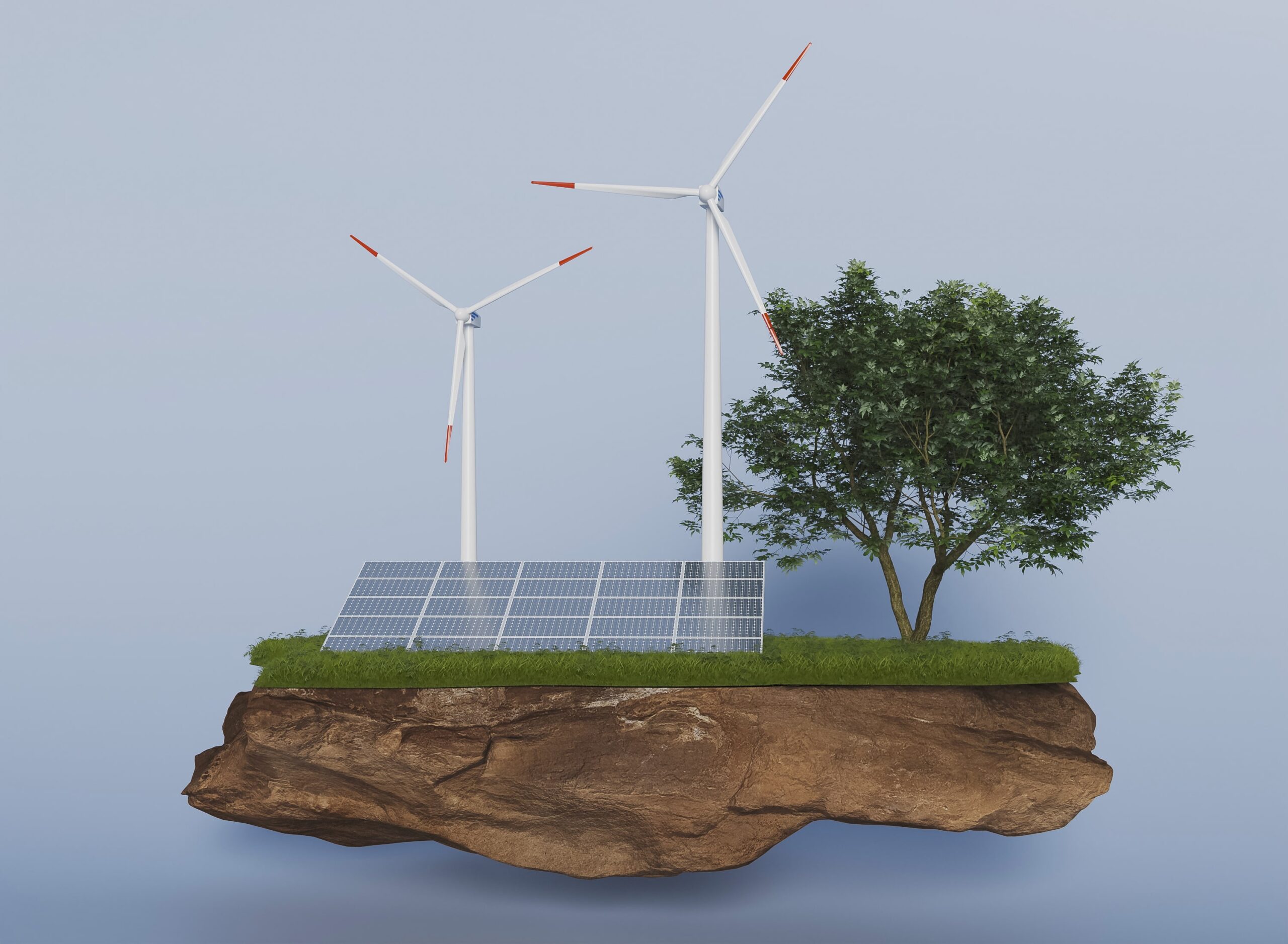FAQ
Pellentesque odio aliquam vitae amet, elementum at urna facilisis purus, integer nam libero pharetra viverra et dolor tellus, eget commodo tellus tempus vitae.

How, what, why?
Here are the most frequent questions we get at WindCycle. Don’t hesitate to contact us with what you´re wondering! Send an email to info@windcycle.energy
Technical
A 5KW VAWT wind turbine would have a diameter of 50 cm and a height of 1m (approximately).
The capacity factors we use are calculated for each specific design and site, based on our VAWT technology.
Reference is given to the following documents: – F. Ottermo, H. Bernhoff. An upper size of vertical axis wind turbines DOI: 10.1002/we.1655 (2013) – S. Eriksson, H. Bernhoff, M. Leijon. Evaluation of different turbine concepts for wind power DOI:10.1016/j.rser.2006.05.017 (2006)
Since we have a rotating structure and we want it to last over a long lifetime, fatigue becomes an issue to address. It is important to work with materials with high stiffness and low weight. At the same time, we ensure we are well below the fatigue limit by performing extensive simulations and analysis. One advantage is that during the rotation of the rotor, a VAWT does not have additional fatigue load due to gravity, the gravity load is constant during operation.
If the experienced or forecasted environmental conditions exceeds the operational limits the control system of the wind turbine will perform a controlled shutdown of the turbine utilizing the mechanical brake if needed. Once the turbine has come to a complete stop a mechanical rotor lock is engaged which will prevent the turbine from rotating.
Three blades is a compromise between reducing fatigue loading and keeping the overall weight of the rotor low. Two blades increase torque variation, four blades mean additional weight. HAWT’s face the same challenge.
We haven’t disclosed our installation method yet.
This turbine has a rated power of 5 kW.
Length, area and volume scale differently, so depending on what dimensions are scaled, scaling is made differently.
The intended testing period of a pilot version is 1 year, based on the permit we are given at the site. A commercial unit should have an expected lifetime of 10-15 years. We are not intending on replacing any significant components.
Market
The first one will be installed in 2023.
The commercialization has already begun and something we work with continuously. Of course we will learn a lot during our first year of operation. These wind turbines fits really well into our customer category we call the Local grid. Remote locations, industrial applications etc. We are already looking at scaling up our design and the intention is to intensify this work in the second part of 2024. Scalability had been a key component from the start.
We are looking into both smaller and larger sizes. We are currently looking into and evaluating a smaller unit in the range of 1-3kW and a larger unit in the range of 10-50 KW.
We see other renewable energy sources, such as solar and wave power as possible partners in future energy mix applications. Our design uses wind as the sole source of energy
We have several interesting markets on our radar. The first market will probably be a combination of where we get advantageous project conditions, a suitable location, some sort of project financing and incentive plans for renewable energy.
Steel parts recycled as steel. Carbon fiber components, as we are using, are commercially recyclable today, in contrast to glass fiber blades which today are being used as landfill at end-of-life.
Many of your competitors are in one way or another backed by deep pockets. Competitors are also already on their way to scaling up to handle very large turbines. How will you be able to compete given that your larger designs are estimated to reach market at the earliest 2025?
We are designing something unique, that no-one has done before. Our competitors are at different readiness levels and we are monitoring their ventures of course. However, we are focusing on our task, which is to design the most competitive and scalable solution for the future of wind energy. We will be able to offer a game-changing solution for clean energy at a competitive cost level (LCOE, Levelized Cost of Energy).
